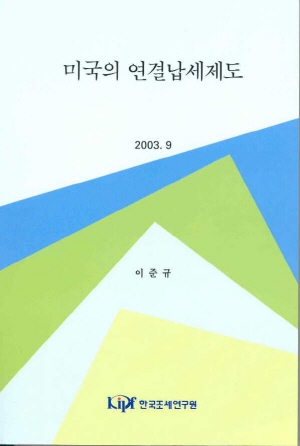한국조세재정연구원 - OAK리포지터리
Korea Institute of Public Finance
Open Access Repository
Korea Institute of Public Finance
Open Access Repository

미국의 연결납세제도
Items in DSpace are protected by copyright, with all rights reserved, unless otherwise indicated.